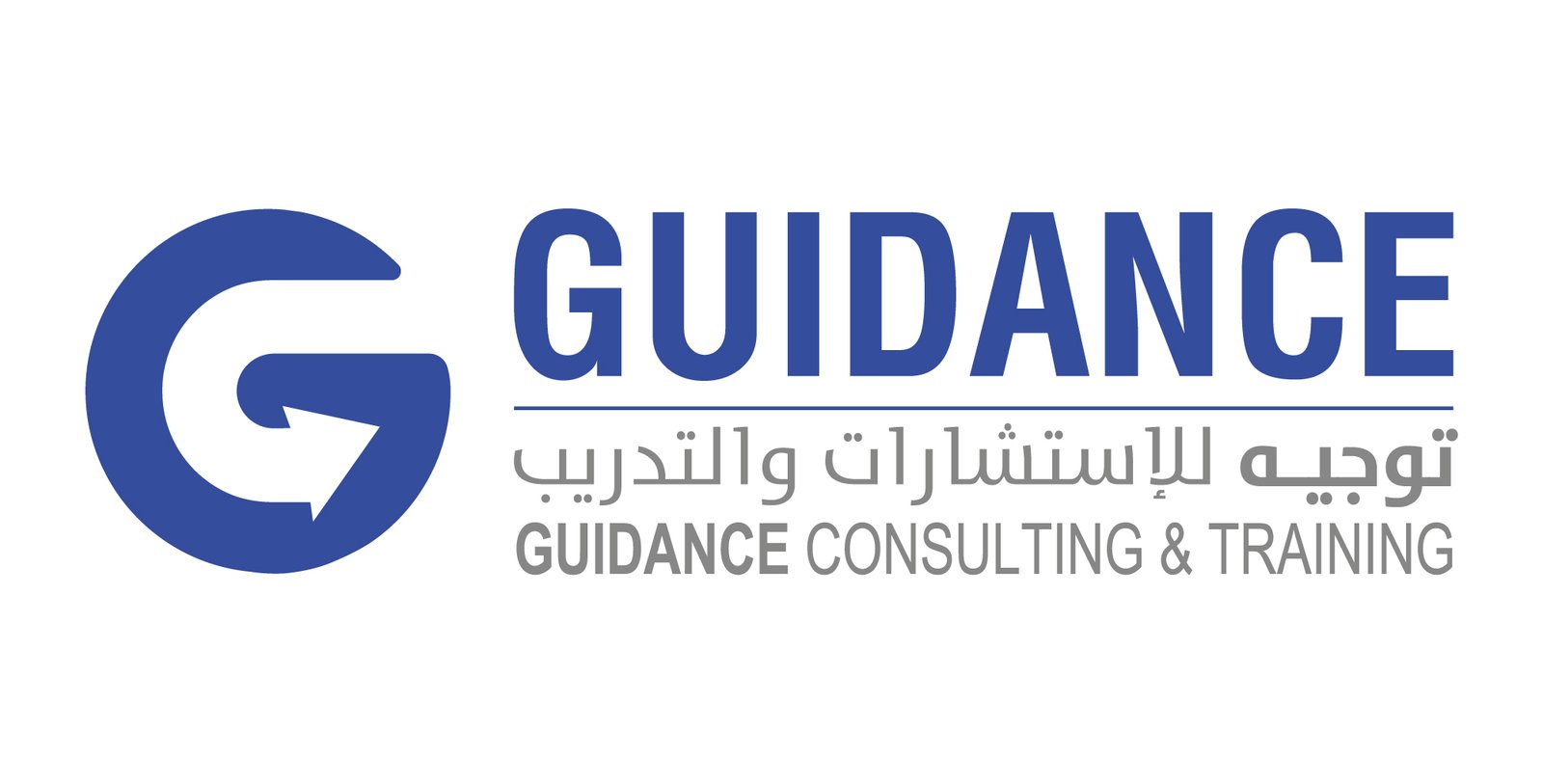Total Quality Management (TQM) and its Elements
The history of TQM began as a term coined by the Naval Air Systems Command of the US Department of Defense to describe a Japanese-style management approach to quality improvement. It is a comprehensive methodology for continuous improvement of the quality of all processes. It is based on knowledge of the following principles and practices:
- Behavioral sciences
- Quantitative and non-quantitative data analysis
- Economic theories
- Operations analysis
Basic elements of TQM:
TQM can be summarized as a management system for a customer-focused organization that engages all employees in continuous improvement. Effective strategies, data, and communications integrate quality control into the organization’s culture and activities.
Many of these concepts are present in modern quality management systems. Here are the eight principles of TQM:
1. Customer focus:
The customer ultimately determines the level of quality. No matter what the organization does to enhance and improve quality, train employees, or integrate quality into the design and development process, the customer determines whether the efforts are worthwhile.
2. Full employee participation:
All employees participate in working toward common goals. Full employee commitment can only be achieved when there is a shared motivation and purpose, and also when management provides the right environment, resources, and empowerment and integrates high-performance work systems for continuous improvement efforts into the company’s normal business operations.
3. Process Focus:
A fundamental part of TQM is the focus on processes. A process is a series of steps that transform inputs into outputs delivered to customers. The steps required to implement the process are identified, and performance measures are continually monitored to detect unexpected deviations.
4. Integrated System:
Although an organization may consist of many different functional disciplines, often organized into separate vertical divisions, TQM focuses on the horizontal processes that link these functions and disciplines.
- Small processes add to larger processes, and all processes unite into the business processes required to define and implement strategy. Everyone must understand the organization’s vision, mission, guiding principles, quality policies, objectives, and critical processes. Work performance must be monitored and reported permanently.
- An integrated business system can be designed or integrated with ISO 9001 standards. Every organization has a unique work culture, and excellence in its products and services is almost impossible unless a good quality culture is fostered. Thus, an integrated system links together elements of business improvement to continuously improve and exceed the expectations of customers, employees, and other stakeholders.
5. Strategic and systematic approach:
An important part of quality management is the strategic and systematic approach to achieving the organization’s vision, mission, and goals. This process, called strategic management or strategic planning, involves formulating a strategic plan incorporating quality as a core component.
6. Continuous improvement:
A major aspect of TQM is continuous process improvement. Continuous improvement drives an organization to be analytical and creative in finding ways to become more competitive and effective in meeting stakeholder expectations.
7. Fact-based decision making:
Data on performance metrics is essential to know how well an organization performs. TQM requires that an organization continually collect and analyze data to improve decision-making accuracy, achieve consensus, and allow for prediction based on historical data.
8. Communication:
During times of change in the organization, as part of daily operations, effective communications play a major role in maintaining morale and motivating employees at all levels. Communication involves strategies, methods, and timing.


